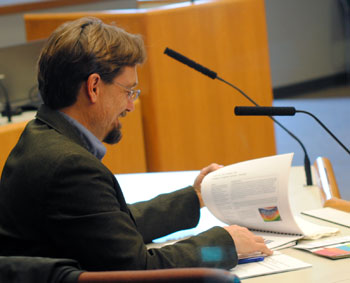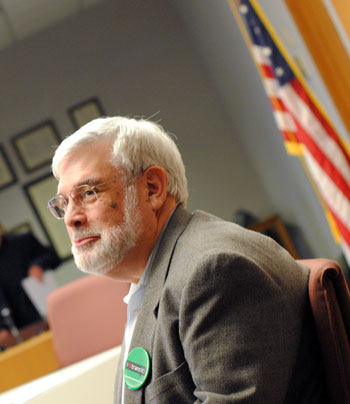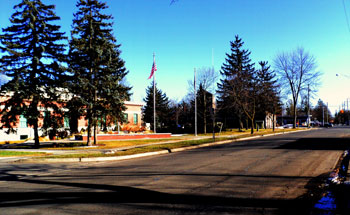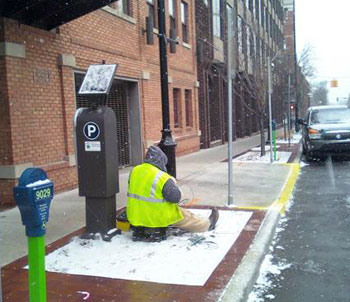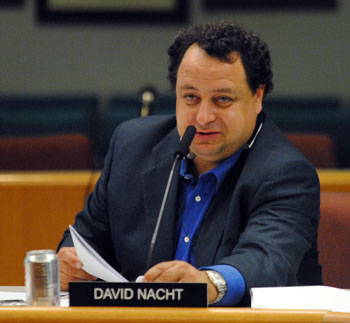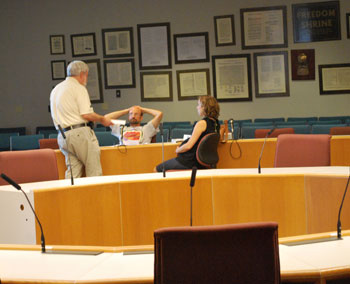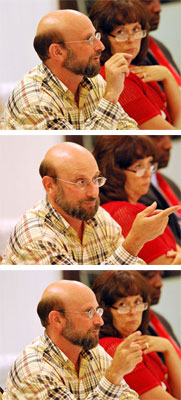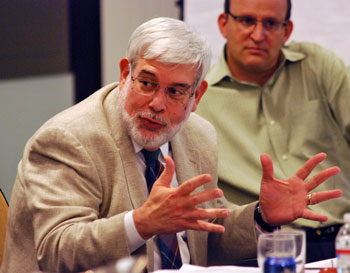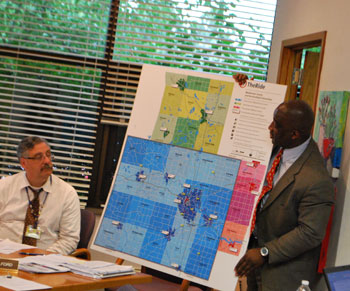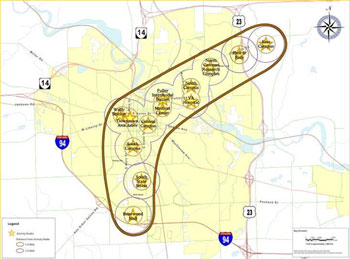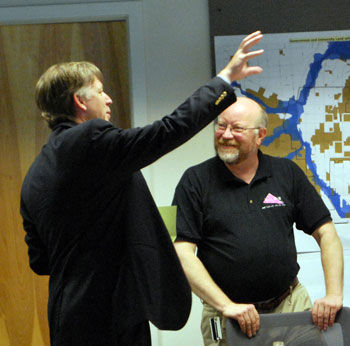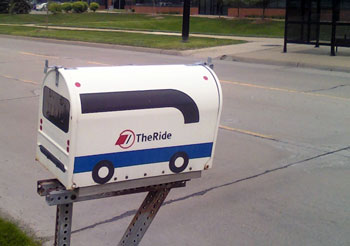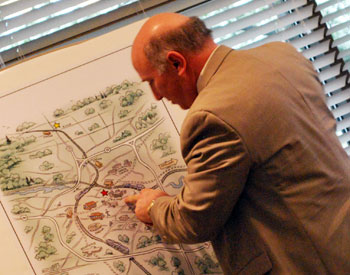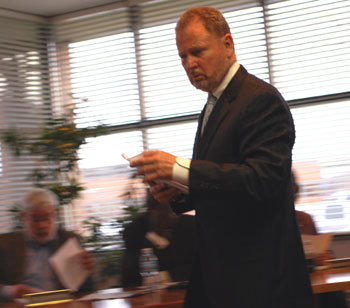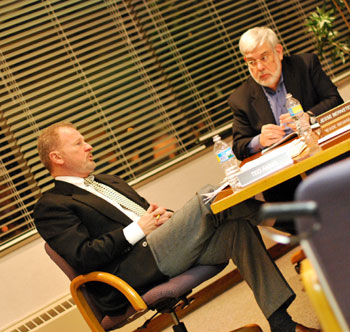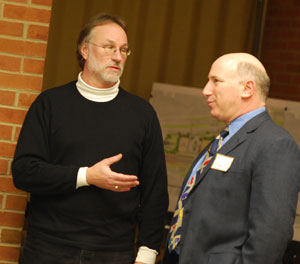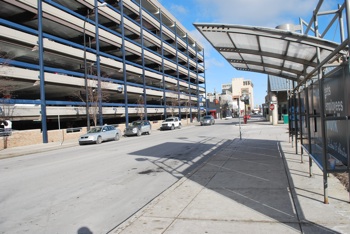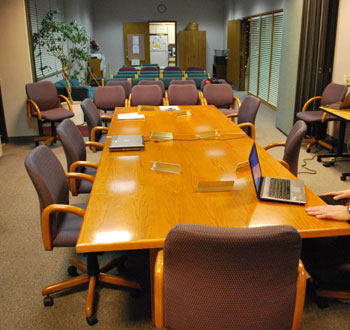County OKs IT Deal with Ann Arbor, AATA
At its May 4, 2011 meeting, the Washtenaw County board of commissioners gave initial approval of an interagency agreement with the city of Ann Arbor and the Ann Arbor Transportation Authority (AATA), allowing the three entities to collaborate on technology services. The goal is to reduce costs, enhance services and increase technology sustainability for the county, city and AATA, with structural savings expected to begin in 2012. The Ann Arbor city council approved its part of the deal at its May 2 meeting.
The board’s approval also includes the extension, through 2015, of the contract for a network manager job that’s shared between the county and city. That contract, first signed in 2008, expires in June of 2011. The two entities save about $78,000 $81,577 annually because of the shared position. Also approved was a lease extension through 2015 for shared data center space – that lease is set to expire in 2013.
In addition, the board gave initial approval to share costs with the city for a deal with the firm EMC, paying for storage area network and backup services. The county now pays $387,924 annually for these services, and would expect to save $212,000 annually by sharing costs with the city. The deal would also allow the county to increase storage capacity, giving it the ability for future potential technology collaborations with other local units of government and community partners.
This brief was filed from the boardroom in the Washtenaw County administration building, 220 N. Main St., Ann Arbor. A more detailed report will follow: [link] [Full Story]




